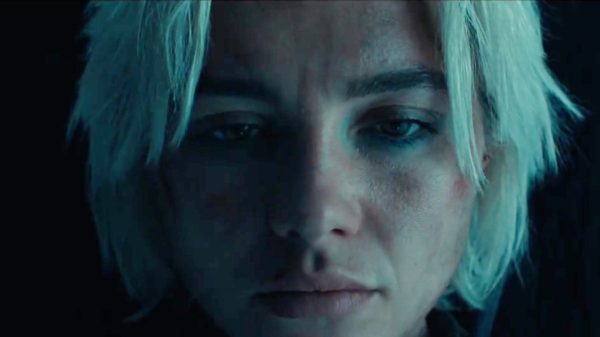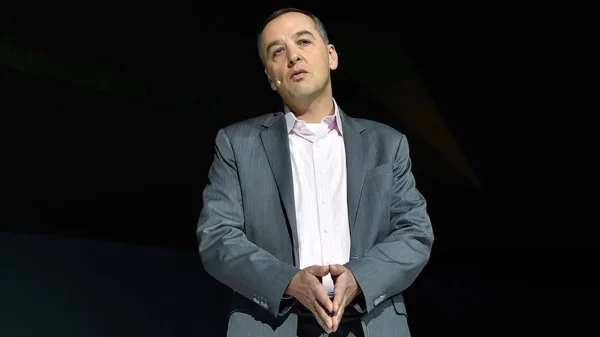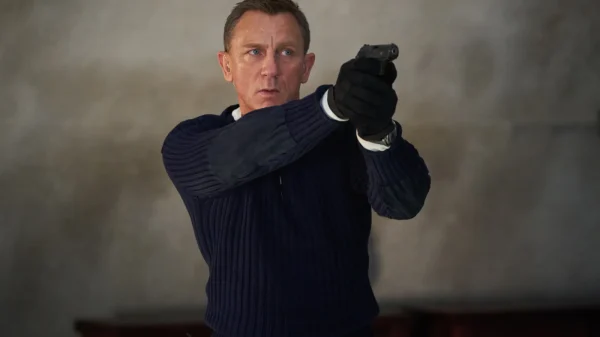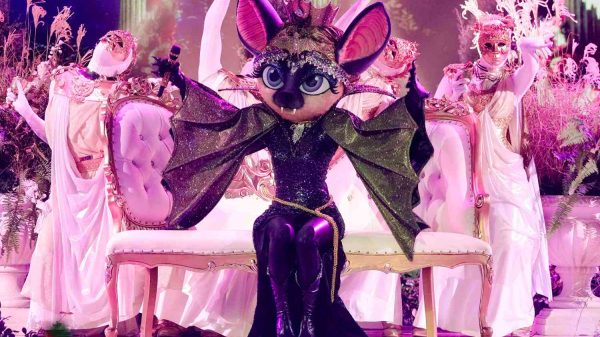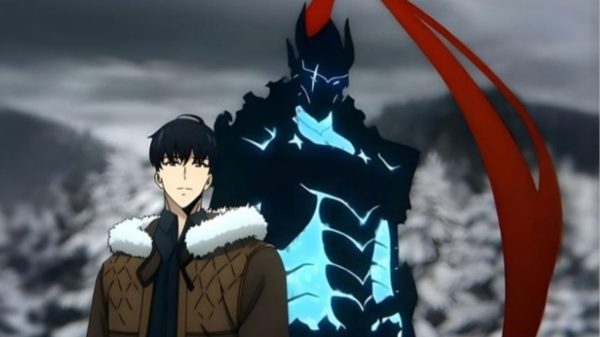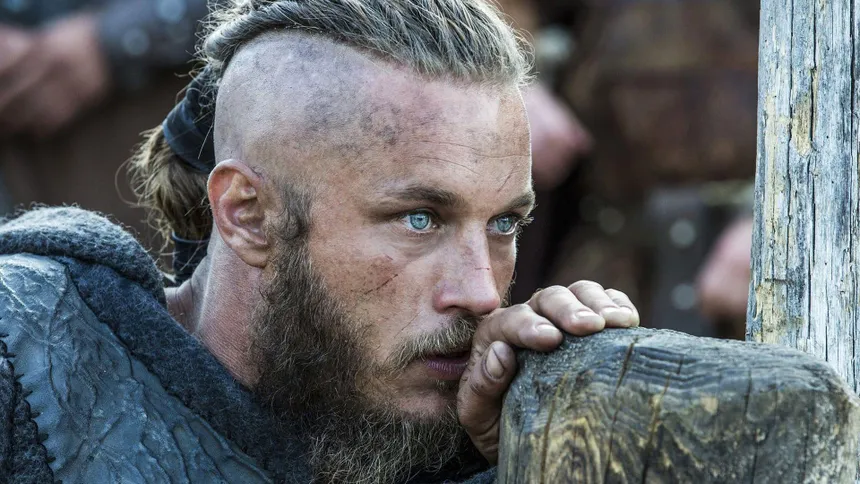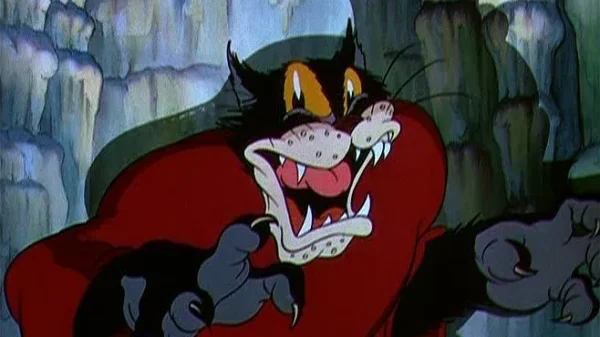Ragnar Lothbrok, the protagonist of the first four seasons of the History Channel’s Vikings, was a complex and pivotal character whose rise and fall charmd audiences worldwide. As portrayed by Travis Fimmel, Ragnar was a farmer turned warrior-king who laid the groundwork for the show’s subsequent seasons. His prophesied rise to power delighted fans, who reveled in his brutal raids through England and beyond.
Ragnar’s strength and wisdom made him an endearing character, which is why his gruesome death in a pit of snakes was so hard to accept. His meteoric rise seemed unstoppable, and it was the groundwork he laid that would become fodder for later episodes. The story shifted from one man’s rise to prominence to the legacy of his family and the infighting among his sons as they scrambled for power.
Ragnar’s character was remarkable due to his lack of appetite for power. Instead, he had a vision to go west and conquer new lands. His desire was not driven by a thirst for power, but rather a desire to create something new. This altruism made him a great leader, and his actions inspired loyalty in others.

A Still From Ragnar Lothbrok in Vikings (Via IMDB)
As Ragnar’s story unfolded, he shed buckets of blood as he carved out new territory and turned his home village into a mighty city. His actions left a lasting legacy, and his death marked a shift in focus from his rise and fall to the infighting among his sons. While his sons’ arcs were memorable, they lacked the gravitas of Ragnar’s story.
Ragnar’s importance to the show lies in his ability to create something out of nothing. He was an underdog who earned his acclaim, whereas his sons merely worked to maintain his legacy. His shoes were too big for them to fill, and his character remains essential to the show’s rich history. Without Ragnar, there would be no subsequent seasons following that family dynasty. His legacy continues to charm audiences, making him an enduring character in Vikings.



